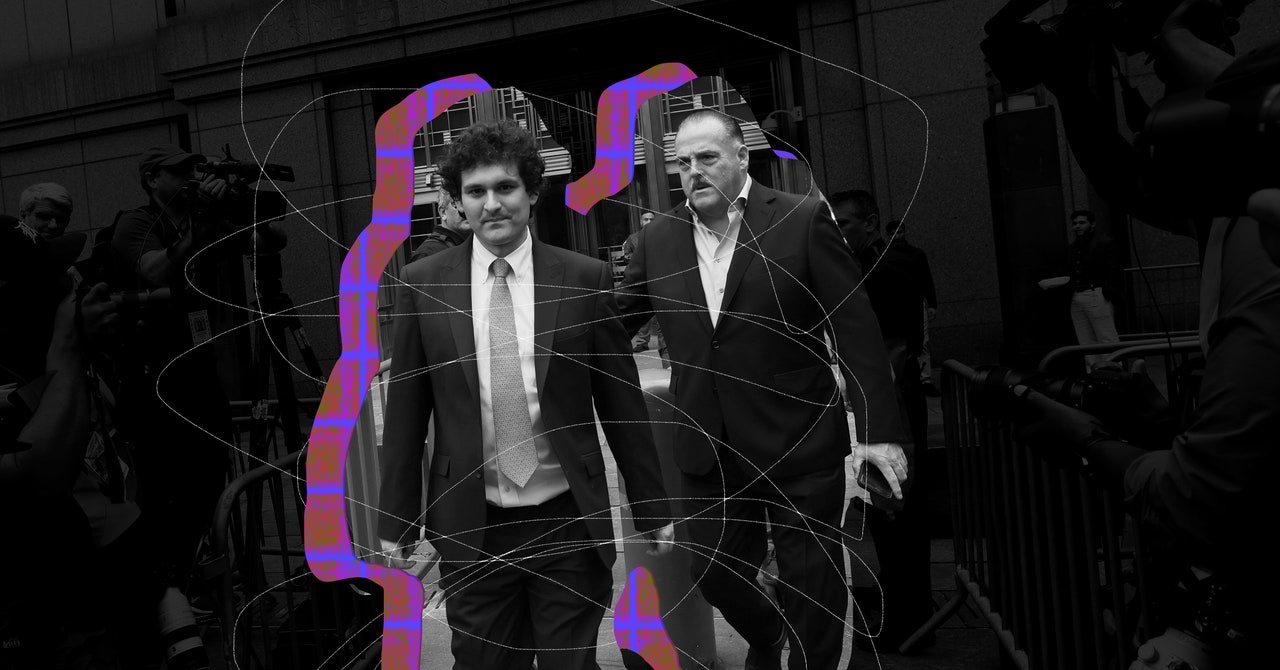A New Look at a Deep Collapse of Alameda Research in the Light of the CoinDesk Report on FTX
A report published by news outlet CoinDesk about the health of Alameda Research cast doubt on the company and its ties to FTX. The FTX was unable to meet withdrawals because customers rushed to pull money out of the exchange. After a rescue deal from rival exchange Binance fell through, FTX filed for bankruptcy on November 11. A month later, Bankman-Fried was arrested in the Bahamas, where FTX was headquartered, and extradited to the US.
Bankman-Fried was raised on the campus of Stanford University, where both his parents taught. He was a mathematician and also a law professor. After graduating from the Massachusetts Institute of Technology (MIT) with a physics degree, he took a job as a quant trader—someone who programs software to trade for them—at Jane Street Capital, one of the biggest firms on Wall Street. He was reportedly drawn by its associations with effective altruism (EA), an intellectual movement that advocates for earning as much money as possible in order to give it away. The idea struck a chord.
The director of engineering at FTX. Singh worked for Meta before he was hired by Bankman-Fried. He has pleaded guilty to six criminal charges, including wire fraud, securities and commodities fraud, and money laundering.
The CEO of Alameda Research and on-and-off romantic partner of Bankman-Fried. The pair met at Jane Street, a quantitative trading firm where they both worked after college. She has pleaded guilty to seven criminal charges, including wire fraud, securities and commodities fraud, and money laundering.
Three months before the collapse of FTX, the co- CEO of the company with Ellison left the post. The DOJ has not accused Trabucco of any wrongdoing, and it is unclear whether he’s cooperating with prosecutors. His whereabouts are unknown.
FTX couldn’t meet withdrawals, the DOJ alleges, because Bankman-Fried had mismanaged and misappropriated funds that were used to bankroll risky trading activity; make loans to himself and others; engage in investments, acquisitions, real estate purchases, marketing campaigns, and political donations; and service debt.
In January, Bankman-Fried pleaded not guilty to each of the seven charges. He has been under house arrest for the majority of the intervening period, but was taken into custody after the prosecution alleged that he was tampering with witnesses. If convicted at the end of the trial, which is expected to last around a month, the one-time crypto wunderkind could face decades in prison.
But at first, he thought it was just a glitch. He was aware that there had been an announcement on the suspension of withdrawals from FTX. He said that things had happened before in the market and he didn’t take it very seriously. The next morning, he woke up to find Twitter had gone wild. #FTX was trending. He tried logging in to the website, and couldn’t withdraw his funds.
Even before FTX’s collapse, the crypto “winter” that preceded it, and the bust of 2018, investing in cryptocurrencies was widely seen as a form of gambling in much of the global north. But in parts of Asia, Latin America, Africa, and the Middle East, crypto had other uses, which look a lot more like those its early evangelists used to pitch.
